Cut Flower Garden Dos and Don’ts for Beginners
Have you ever thought about growing a cutting garden but aren’t sure what you might be getting yourself into? It can be easier than you think if you follow these cut flower garden “dos and don’ts” for beginners.
A simple thing like walking out to your cut flower garden on a summer morning can bring so much joy. Cutting homegrown flowers to create fresh flower arrangements is the best garden therapy.
In this post, I will walk through some gardening challenges and solutions I’ve learned. Hopefully, by reading this, you will be spared from making some of the past mistakes I’ve made in my cut-flower garden.
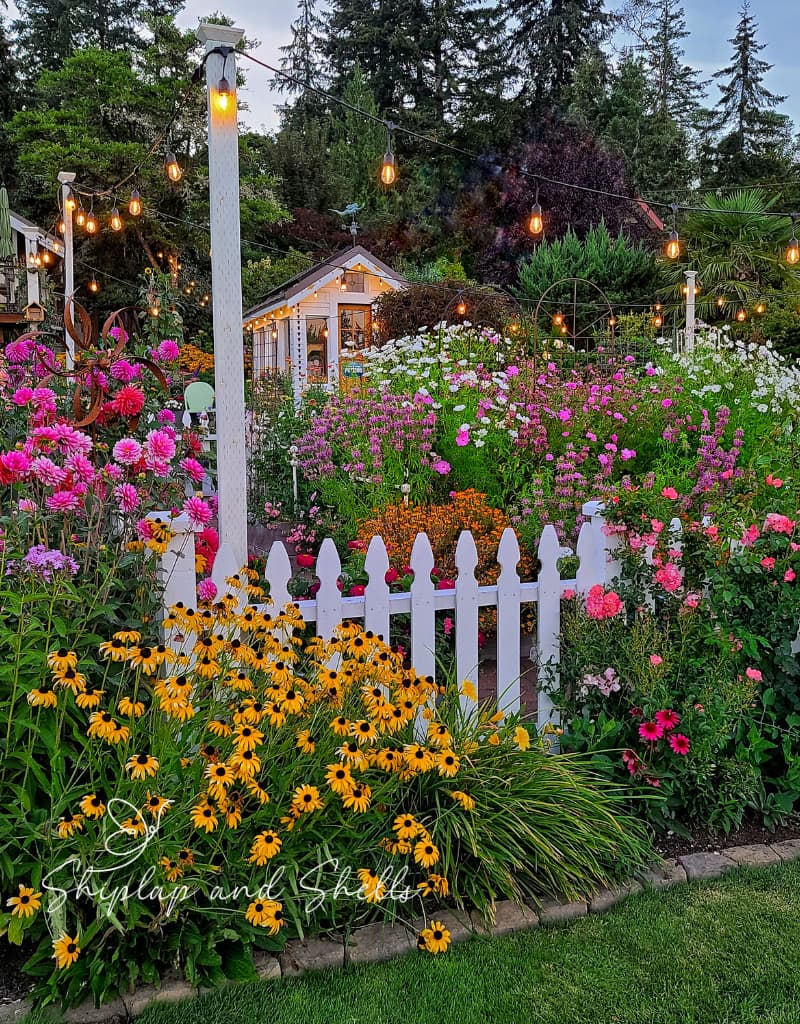
As an Amazon affiliate, I earn from qualifying purchases at no extra cost to you. My blog contains other affiliate links as well for your convenience. Click here to read my privacy policy.
I’m a self-taught hobby gardener, not a Master Gardener. Everything I share with you on my blog is my personal opinion and things that worked for me along the way.
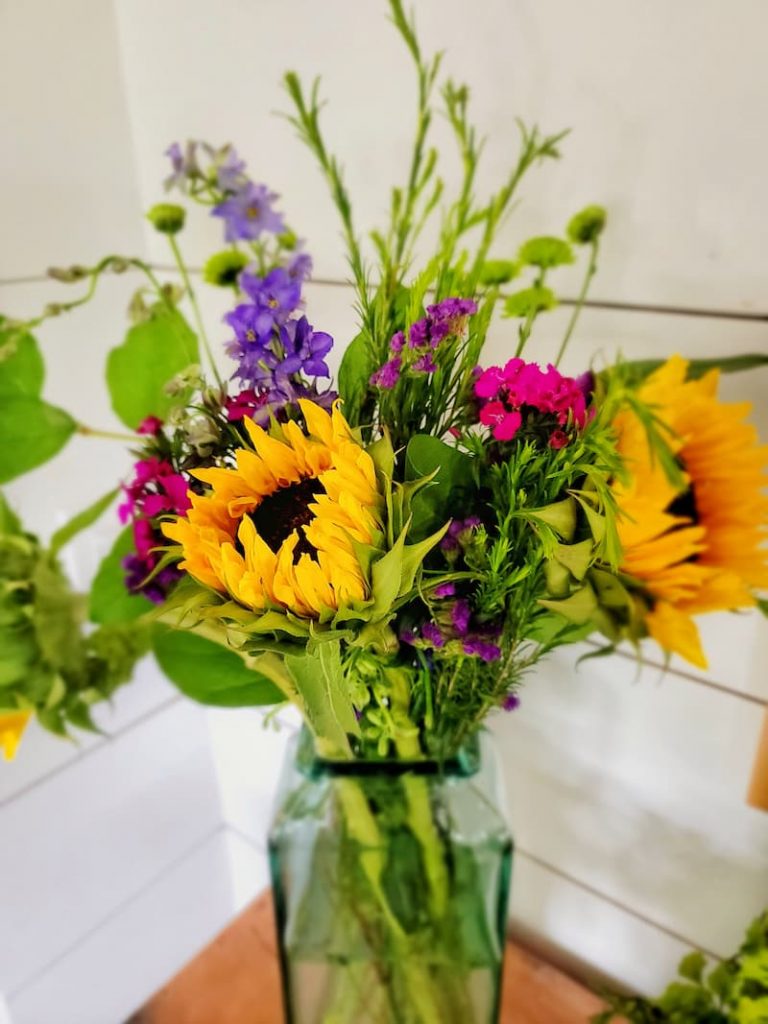
There’s nothing more rewarding than harvesting your own cut flowers you grew from seed or seedling. Here are a few ways you can share your beautiful flowers.
See more of the “HOW TO GROW A CUT FLOWER” series here.
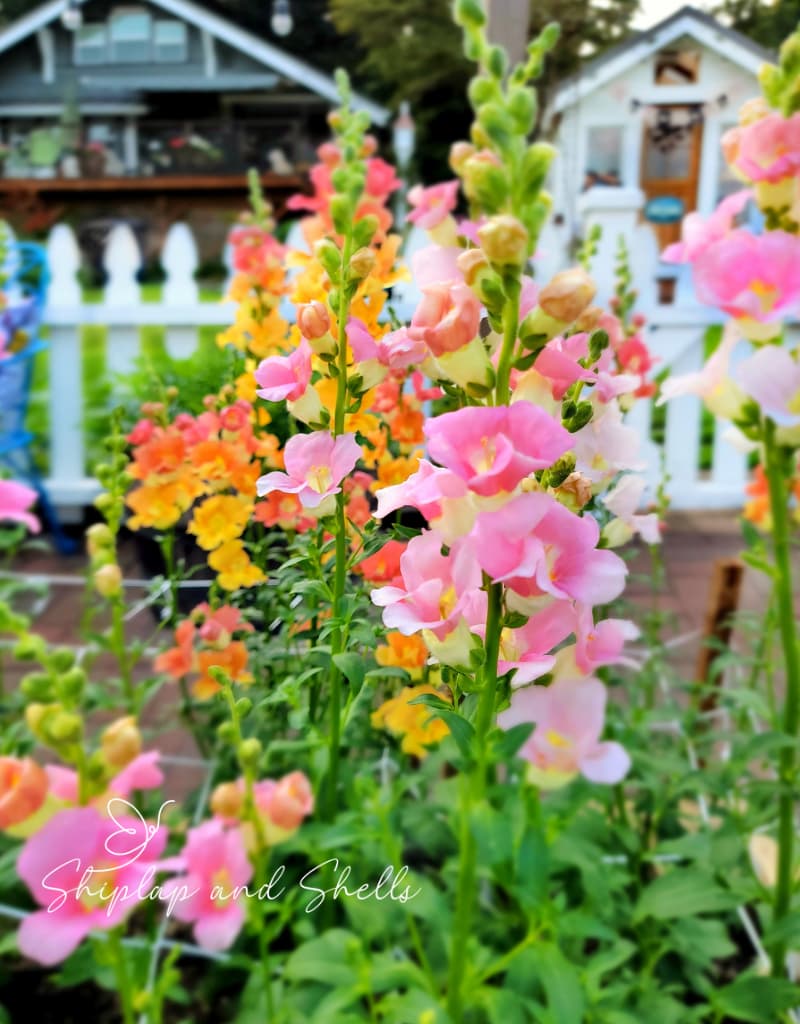
What is a Cut Flower Garden?
Growing flowers to harvest is much different from a landscaped garden.
A cut flower garden is full of plants and flowers grown specifically for harvesting fresh flowers for arrangements and bouquets.
Size, color, and bloom time are all considerations when choosing flower varieties to keep a continuous supply of flowers throughout the growing season.
LEARN MORE ON HOW TO PLAN A CUT FLOWER GARDEN
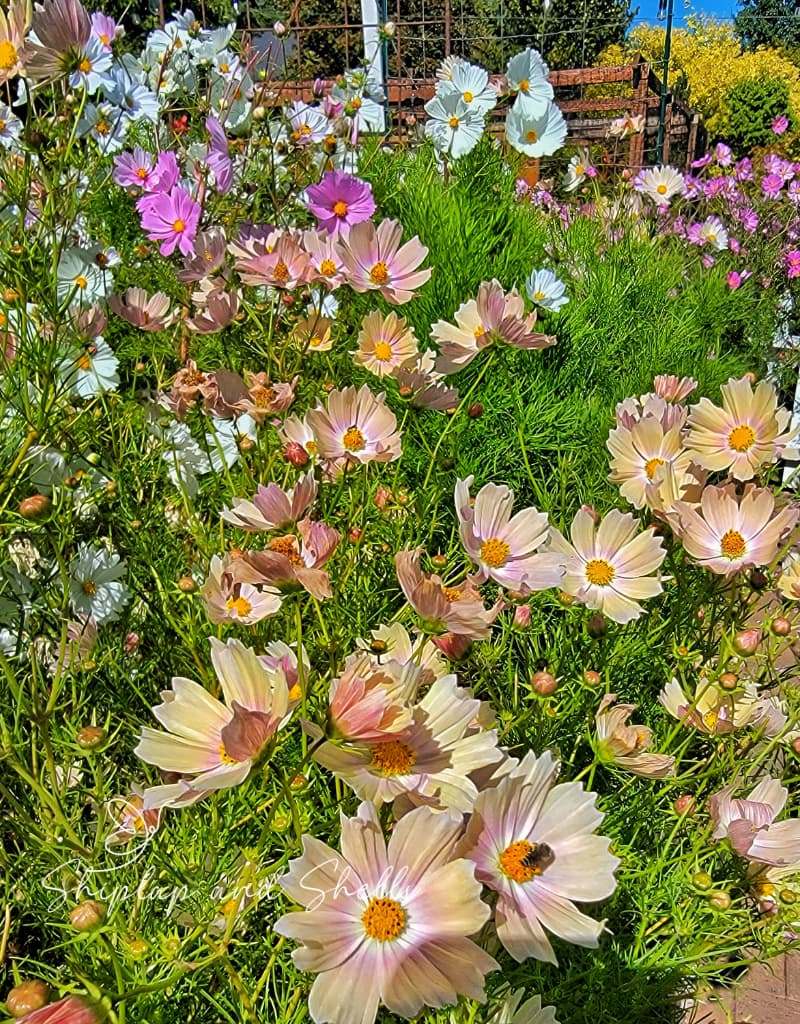
I used to stress out every time I picked flowers from the yard. My outdoor spaces didn’t look as pretty anymore. So, rather than enjoying the summer flowers I worked so hard to grow by bringing them indoors, I just left them in the garden to keep them pretty.
This is why I grew a separate cut flower garden. The pretty flowers that attract beneficial insects grow in the landscaped garden, and the flowers from the cut flower garden can be harvested whenever I want them.
Now, that’s what I call a win-win situation.
Seed Starting Supplies
Check out my favorite supplies and tools for starting seeds indoors. Whether you’re looking for grow lights or a seed starting mix, you’ll find what I use in my own greenhouse.
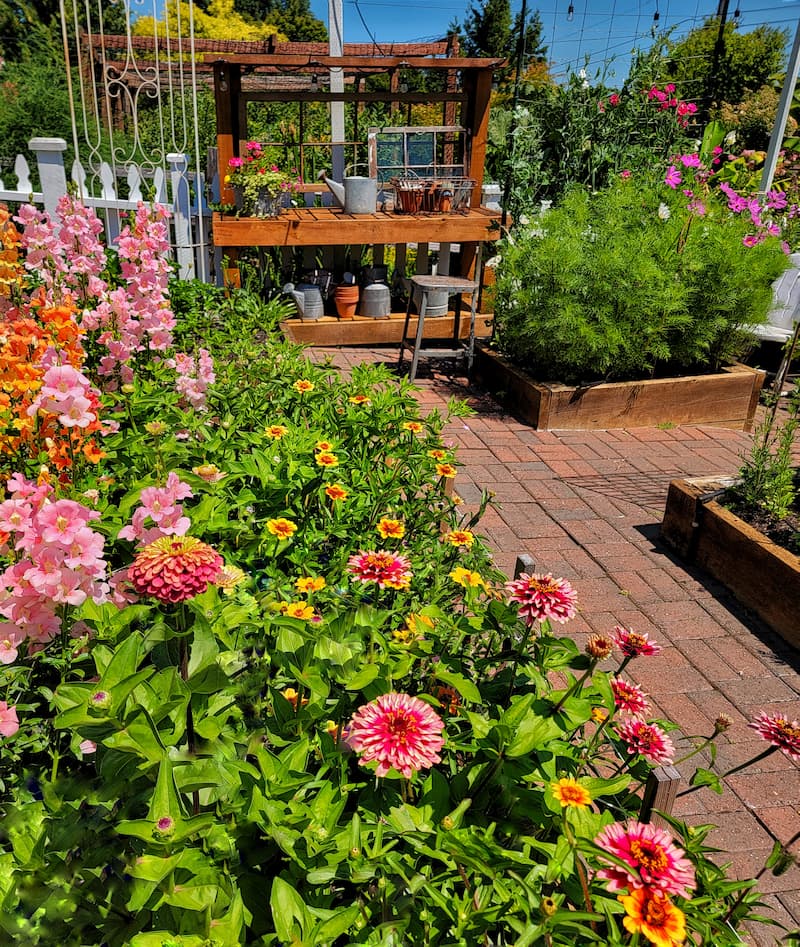
Cut Flower Garden Dos and Don’ts
When to Plant Cut Flowers
DO know the average last frost date for your area. This will give you an idea of when it’s safe to start planting your seeds and transplanting your seedlings.
I harden my seedlings right after our last frost date and transplant them into the garden a couple of weeks later just to be safe.
When growing cut flowers from seed, follow the directions on the back of the seed packets, which list when you should start sowing them based on your last frost date.
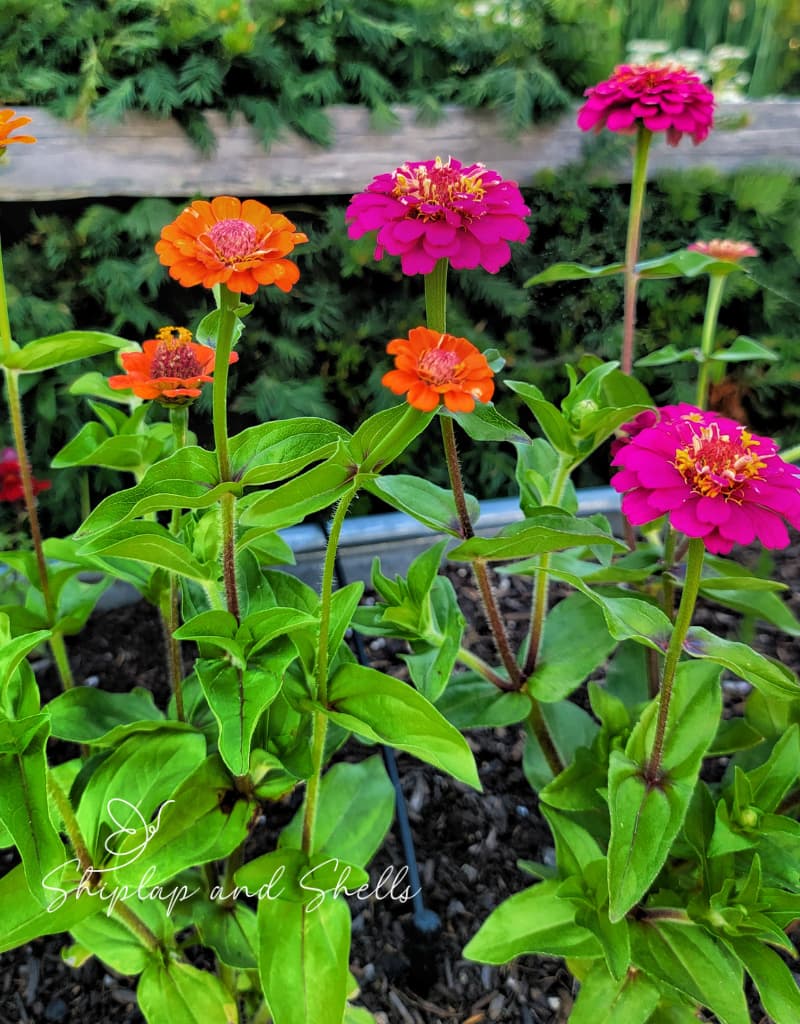
Knowing Your Hardiness Zone
DO know your hardiness zone, which is helpful when deciding which perennial plants will grow and survive in certain areas in North America and the best time to plant seedlings outdoors. Hardiness zones are determined by your area’s 30-year average last frost date.
I live 60 miles SW of Seattle, WA. and am in Zone 8b.
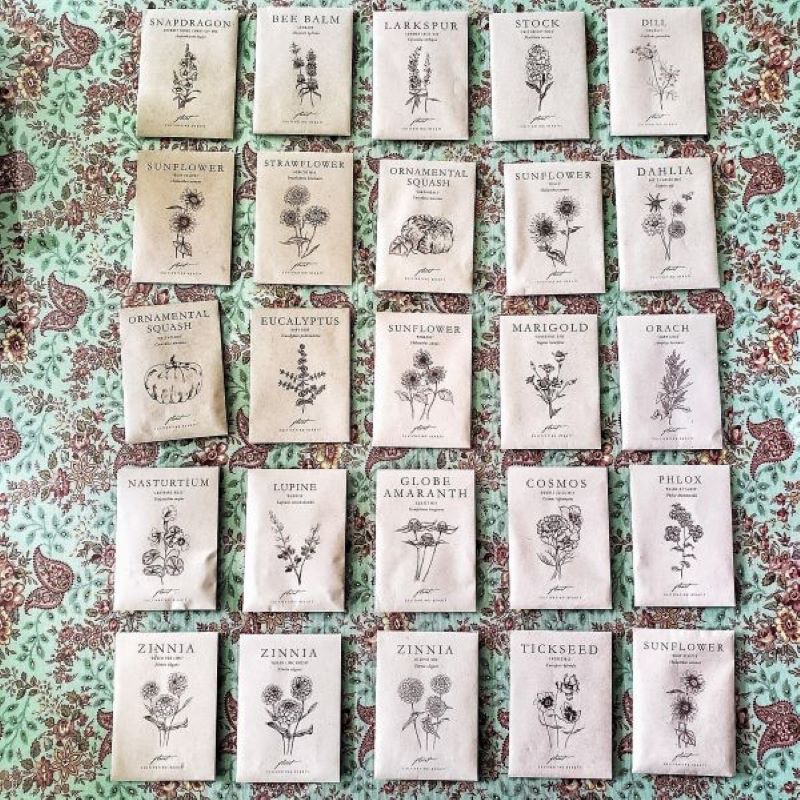
Choosing Quality Cut Flower Seeds
DON’T use cheap seeds when starting a cut flower garden. Quality cut flower garden seeds free from pesticides and disease will be one of the best investments you can make. I’ve been buying my seeds from Floret Flowers for five years and have always been extremely happy with the quality of my cutting flowers.
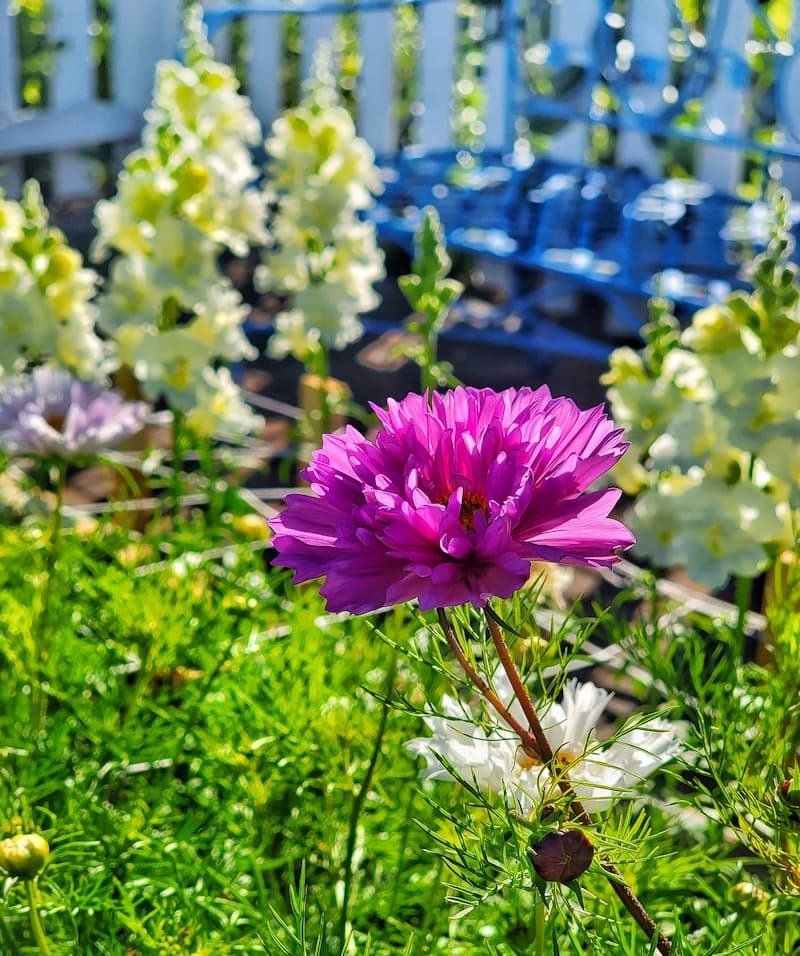
Choosing the Best Cut Flowers to Grow
DO choose cut flower plants that produce for several months. Some examples from my garden are hydrangeas, zinnias, cosmos, and dahlias.
Many of my flowers are varieties where “the more you cut, the more blooms the plant will produce.”
DO choose cut flowers with colors and shapes that coordinate with one another in a vase.
Here’s more information about how to grow some of the cut flowers I have in my garden from seed indoors:
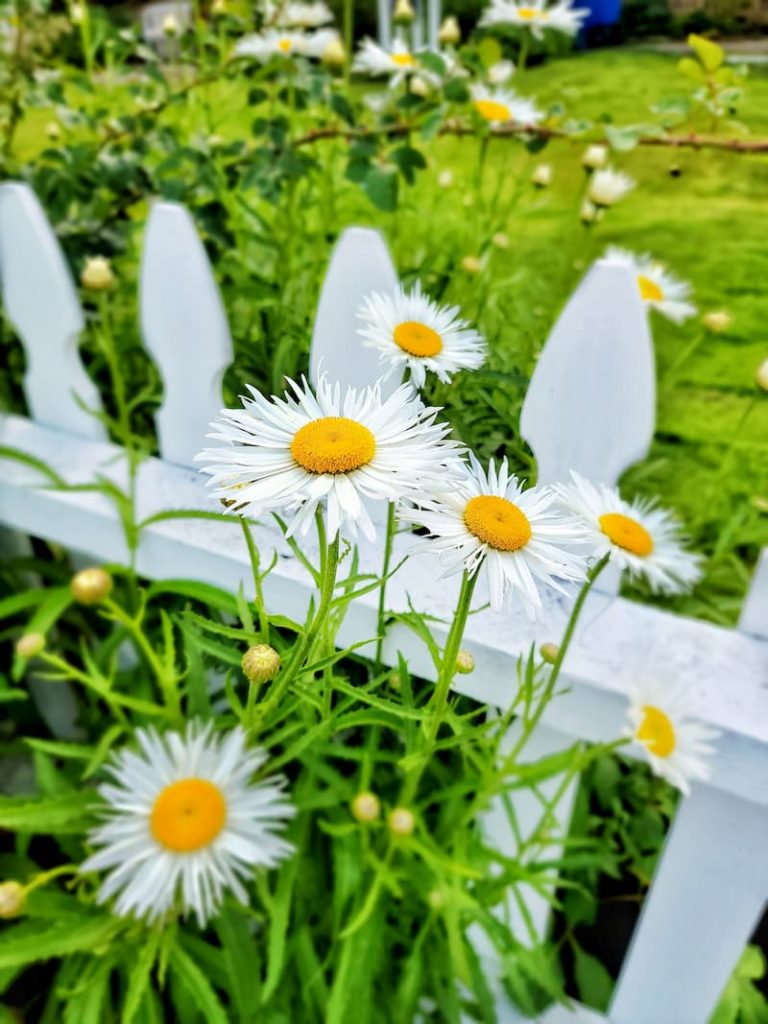
Preparing Your Flower Garden Soil
DON’T skip a soil test before planting your cut flower seedlings. This is one of the most important steps to take for a healthy garden. Unfortunately, this step often gets forgotten.
A soil test can help a beginning gardener determine what amendments your garden soil will need before planting your cut flower bed. It measures essential nutrients like:
Gardeners can make more informed decisions about the different varieties of plants they can grow in their garden beds.
There is an option to hire a professional to come and test your soil, or you can buy a soil test.
DO add rich organic matter to the soil, such as compost to provide the nutrients your flowers need.
MORE ON PREPARING YOUR CUT FLOWER GARDEN HERE.
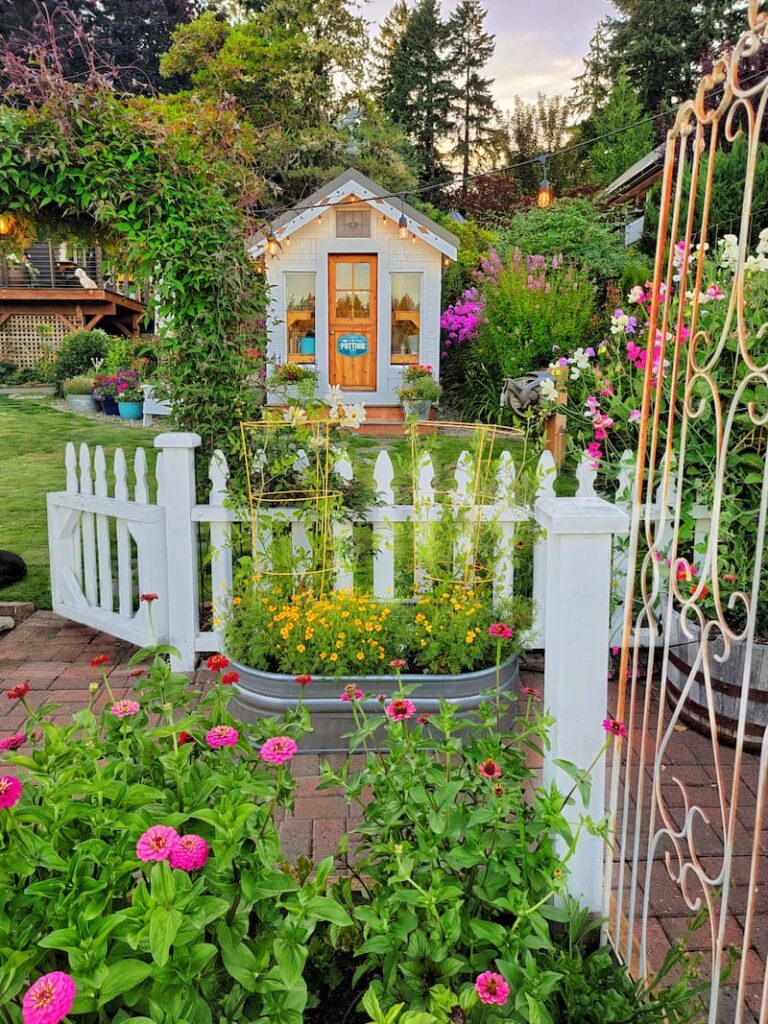
Mixing Flowers and Vegetables in Your Garden
DO mix vegetable plants and herbs in your cut flower garden. The increased pollination from the bees and other pollinators will make your garden even more productive and give your flowers the best results. I love the interest created in the garden with a mixture of flowers, herbs, and veggies.
Vegetable companion planting helps to attract beneficial insects, including pollinators, boosts growth, provides shade and support, and reduces pests.
READ MORE ABOUT COMPANION PLANTING IN A VEGETABLE GARDEN HERE.
Here are some of the vegetable and flower companions that are always successful:
DO create a dedicated raised garden bed for cut flowers with the same watering and feeding needs if you have the room. Plant seedlings in rows rather than groups in your cutting garden planting beds.
READ HOW TO ATTRACT POLLINATORS IN THE GARDEN
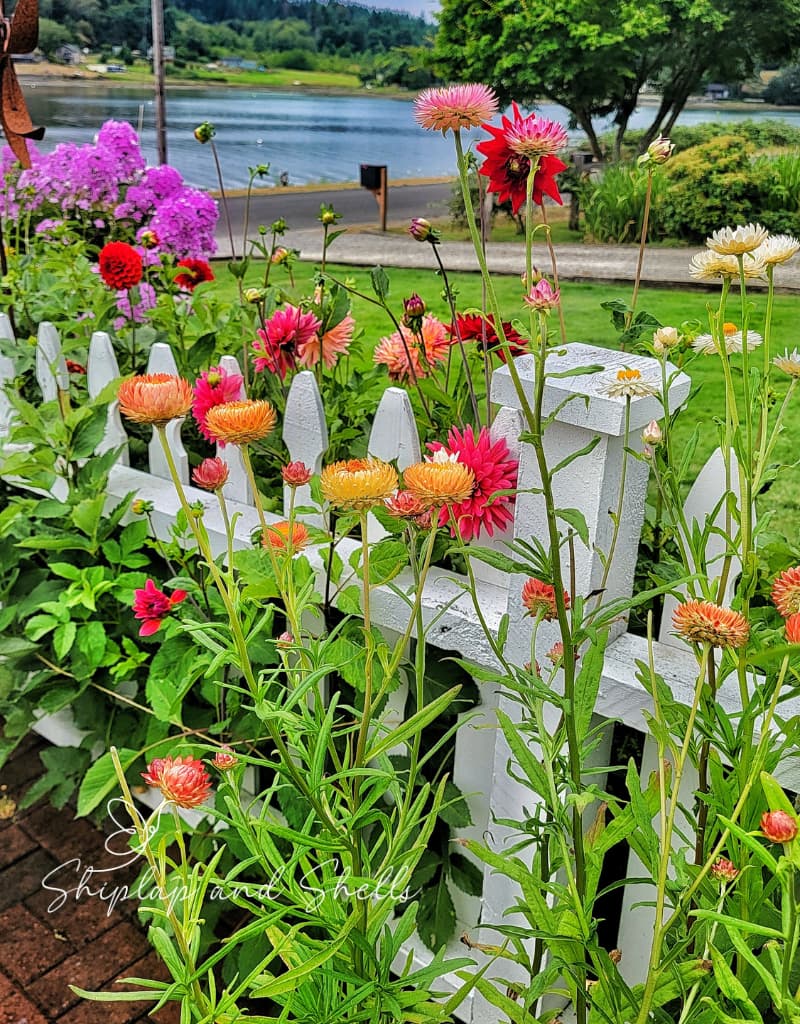
Pinching and Cutting Your Flowers
DO pinch certain cut flower varieties such as sweet peas, dahlias, cosmos, and snapdragons. A good cut flower tip is to snip the plant’s central stem to encourage more blooms and straight stems.
What Does Pinching Your Flowers Mean?
Pinching is a pruning technique to encourage the branching of young seedlings and plants.
When you pinch or snip a plant’s early buds, you remove the center, main stem, which forces the plant to grow two new stems below the cut leaf nodes.
By pinching the flowers, plants can become bushier and full with larger blooms. It also helps prevent plants from becoming leggy and lanky.
THE BENEFITS OF PINCHING YOUR PERENNIALS
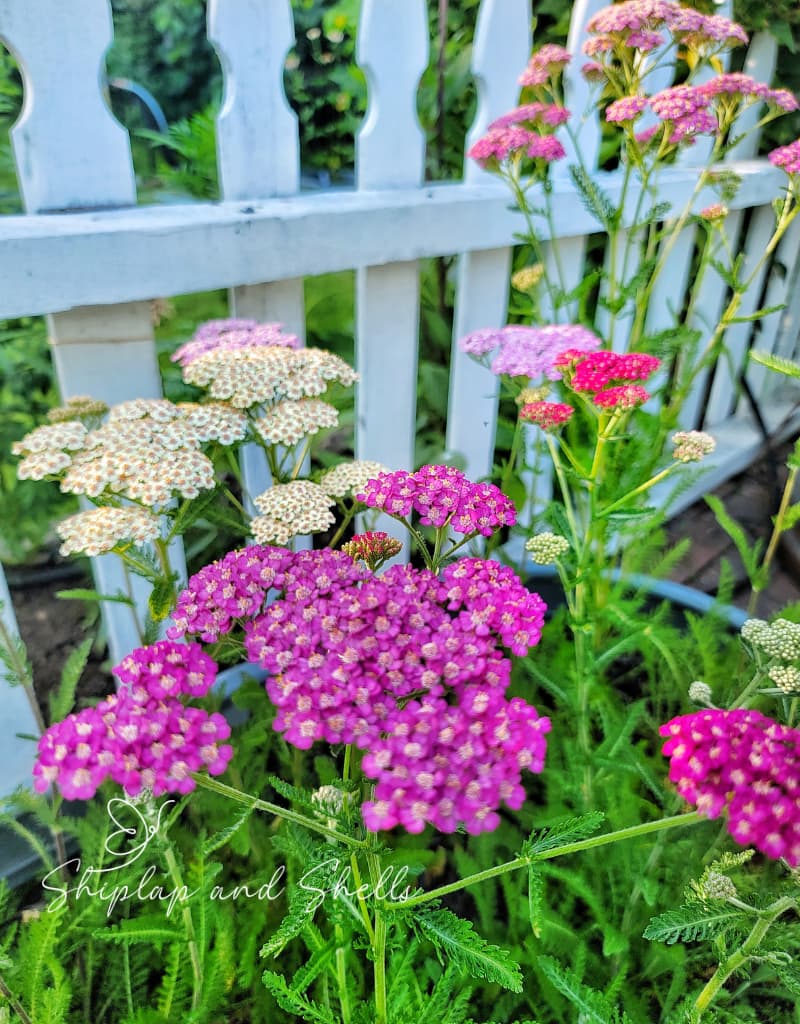
DON’T be afraid to cut your flowers from the garden. Remember that the more blooms you cut, the more flowers your plants produce.
DO deadhead any spent blooms regularly to help encourage the plants to focus their energy on producing new flowers instead of maintaining the old ones. This prevents the plant from wasting water and nutrients on the end-of-life blooms.
How Do You Deadhead Garden Flowers?
Deadheading is when you prune and remove spent (faded) seed heads to promote new growth and reflowering. The flower stems should be cut below the spent flower and just above the first set of healthy leaves.
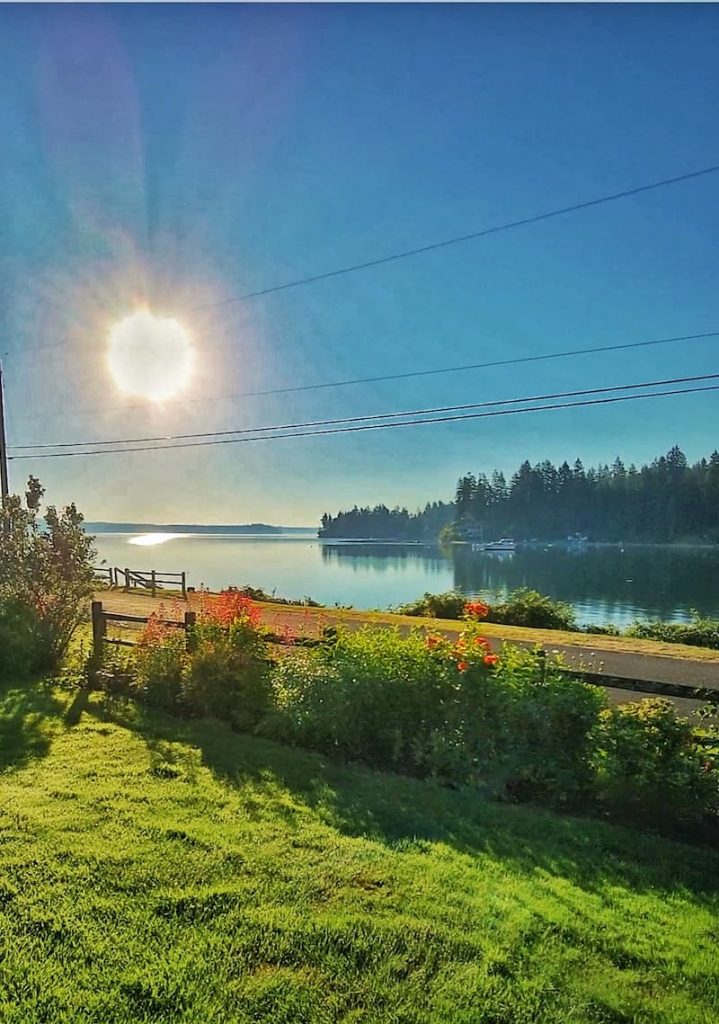
How Much Sun Does a Flower Garden Need?
DON’T provide your plants any less than 6 hours of direct sun. Most cut flowers thrive in the full sun and need a sunny spot to grow. The back of your seed packet should tell you how much sun is needed for each of the cut flower varieties.
DON’T block flowers from the sunlight by planting tall varieties of plants in front of them. I plant my taller flowers in my garden so they’re behind the shorter varieties in the afternoon when the raised beds get the most sun.
LEARN HOW TO PROTECT YOUR FLOWERS FROM EXTREME HEAT.
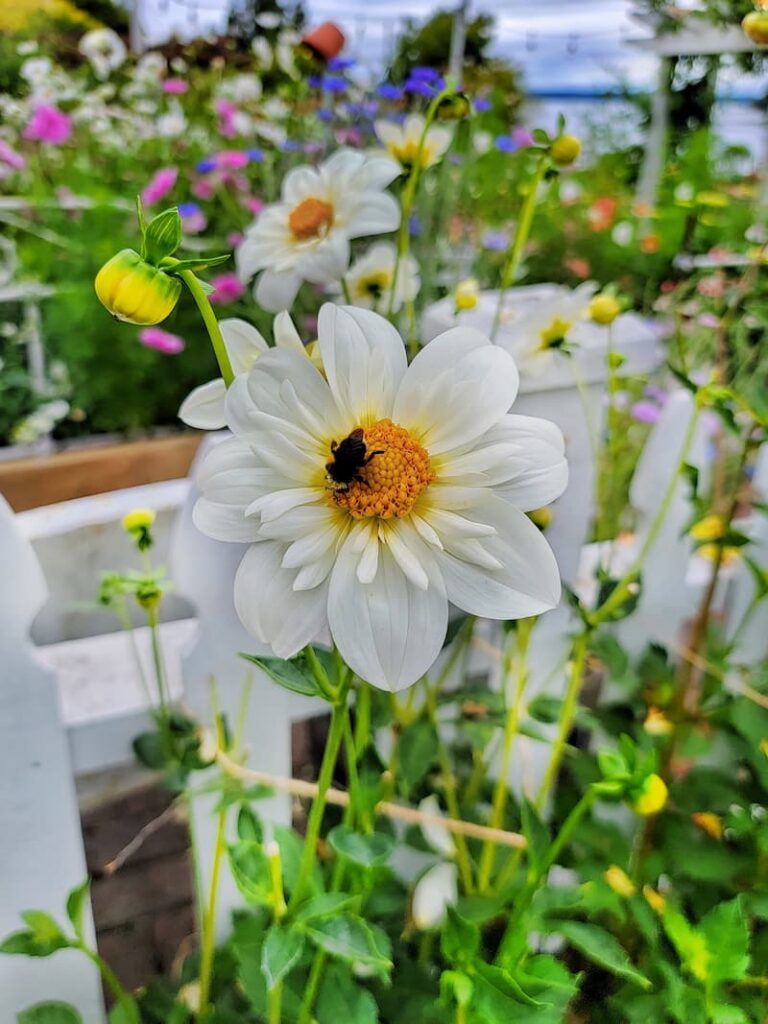
Watering a Flower Garden
DON’T overhead water your perennial and annual flowers. When using a drip system or soaker hoses, your plants will only need a quarter of the water they need with overhead watering. When the foliage is wet, the plant is more susceptible to fungal disease.
The most efficient way to water your garden is by drip irrigation. Drip irrigation slowly brings water to the plant’s roots before evaporating. This is especially important in late summer when it’s the hottest.
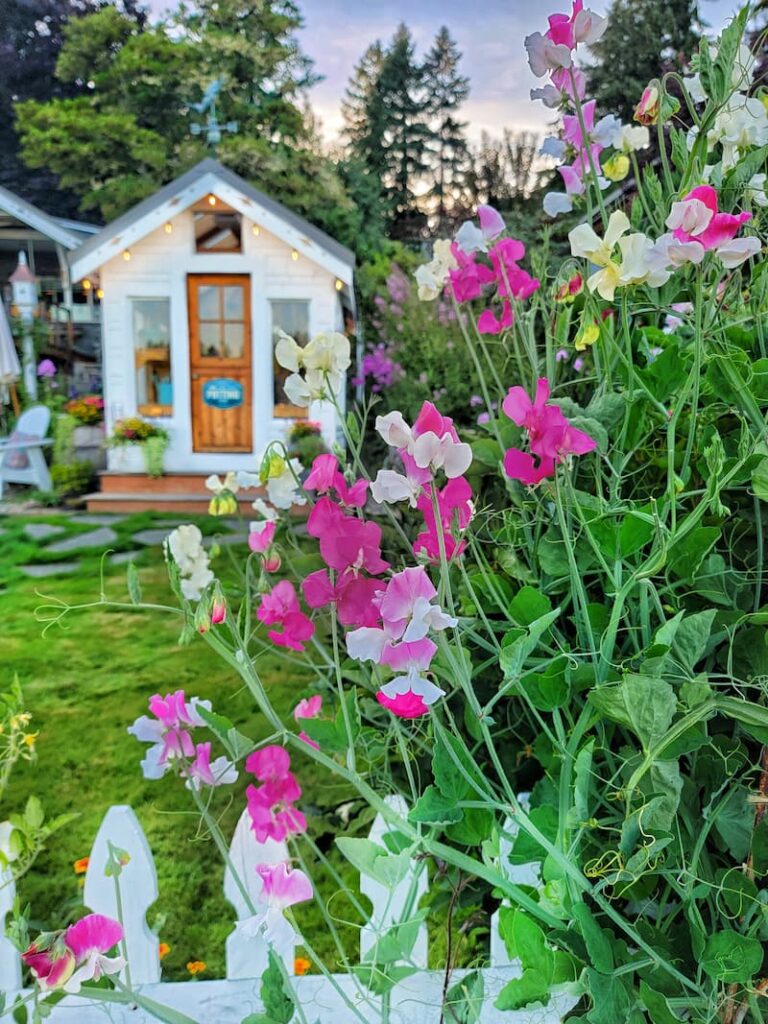
DO water in the early morning before the sun starts heating the garden.
When watering in the afternoon, you risk the water evaporating before hitting the plant’s roots, causing the leaves to burn.
If you can avoid it, try not to water in the evening. There won’t be enough time for the leaves to dry before the temperatures cool, which could create powdery mildew and fungal diseases. If you have no choice but to water in the evening, ensure you are only watering the roots of the plant and not the foliage.

DON’T overwater. Just because your plant is wilting doesn’t necessarily mean it’s due to a lack of water. Test the soil by sticking your finger down about an inch to see its condition.
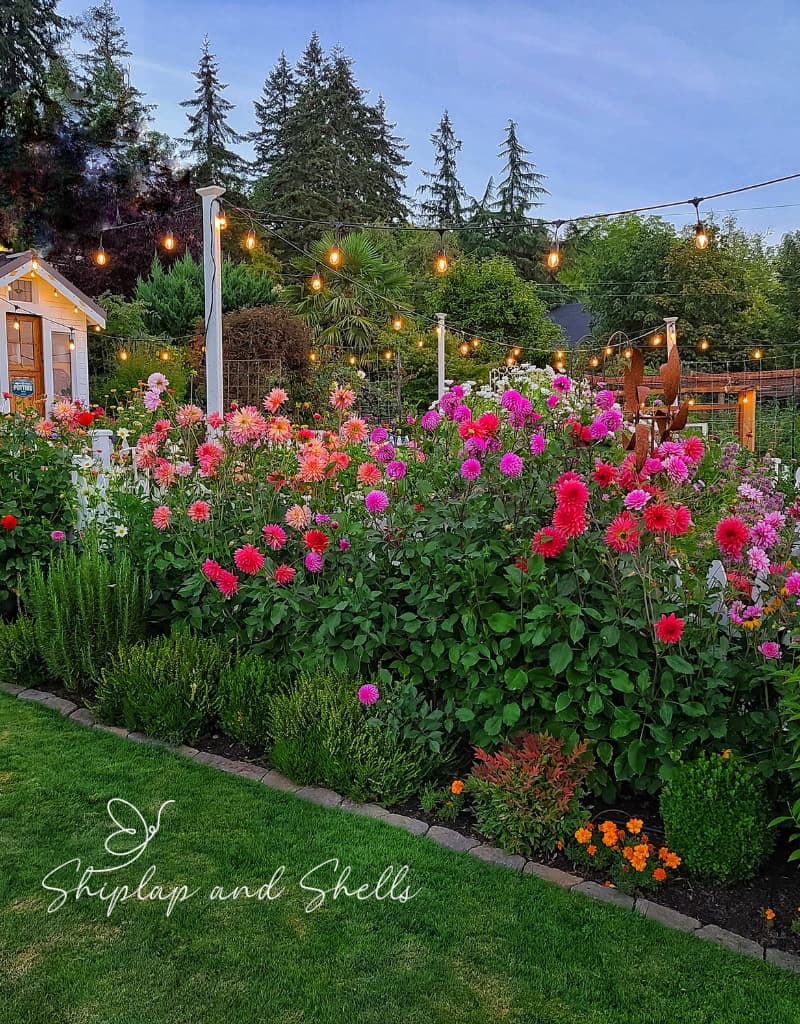
Supporting Your Cut Flowers
DO support tall flowers. Staking, trellising, netting, and corralling will help to prevent damage from the wind, rain, and heavy growth. In my garden, dahlias, snapdragons, sweet peas, cosmos, and daisies need the most support.
By supporting your plants, like sweet peas, the flower stems will likely grow taller and straight.
‘Growing a Cut Flower Garden’ Series
Learn about the ins and outs of growing a cut flower garden this year. Click the button below to be taken to the entire series of blog posts and choose what is interesting to you.
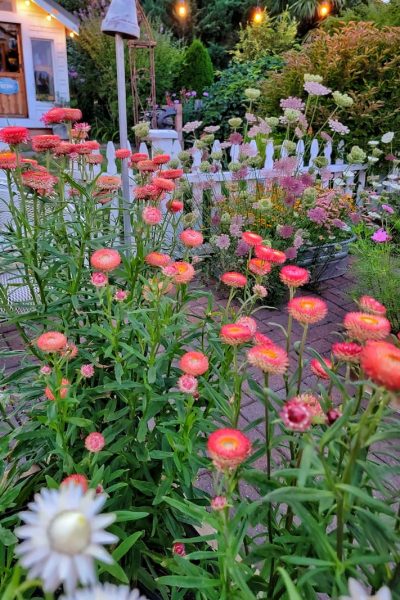
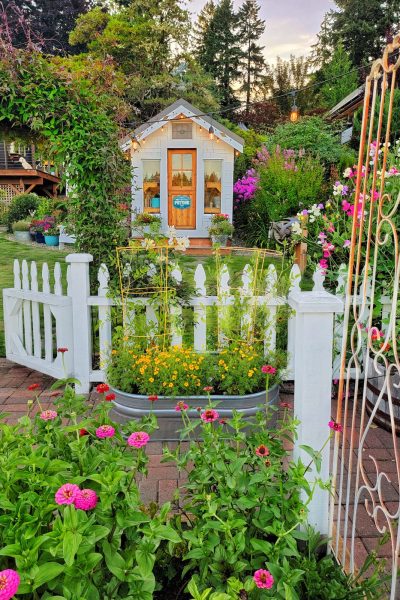
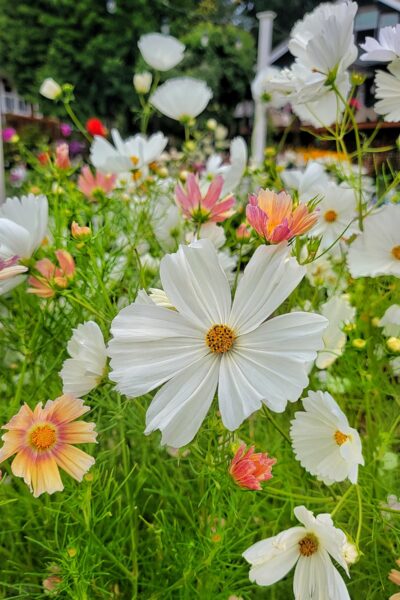
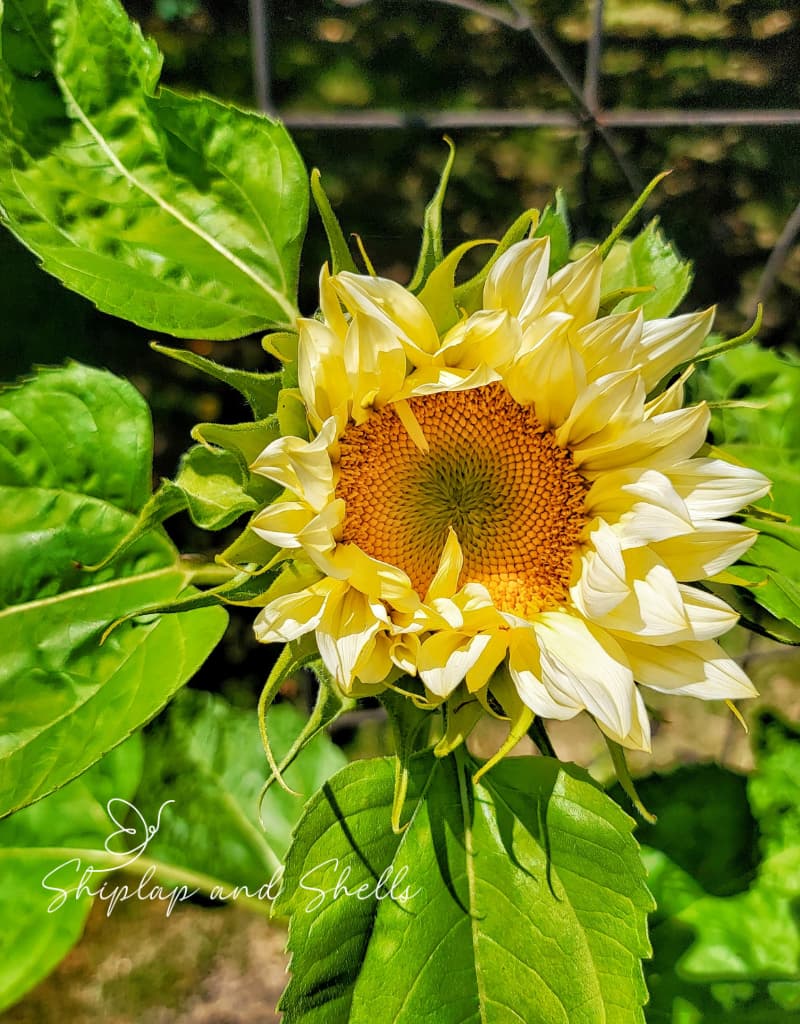
Common Questions About Growing a Cut Flower Garden
How Deep Does a Cut Flower Garden Need To Be?
This depends on the type of flower you are planting in your garden bed. I usually go with an average depth of 12″, but the range can be 6-18″.
What Month is Best to Plant Flowers?
When you plant your cut flowers will depend on your average last frost date of the season. Most annuals will need to be planted in the ground after any danger of frost has passed.
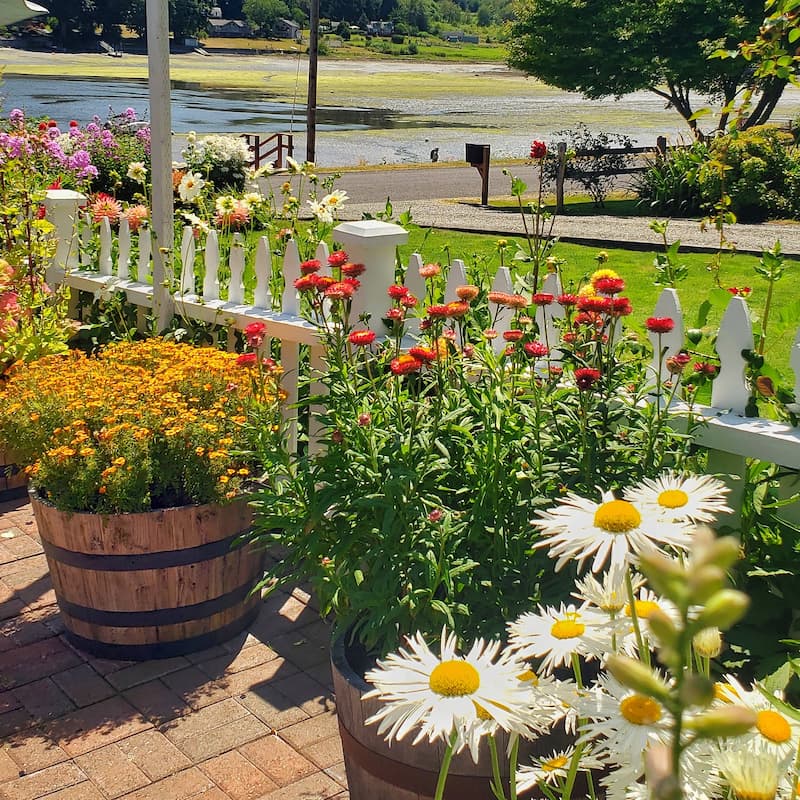
How Much Space Do You Need to Grow a Cut Flower Garden?
Cut flower gardens can be as big or small as you want them. If you have just a small space, you can create a small cut flower garden using just a few containers.
Even if you have the room for a much bigger garden, you may want to keep it scaled down the first year before committing to more than you can handle.
What are Easy Cut Flowers to Grow?
Here is a list of the easiest cut flowers that I grow in my garden:
Garden Supplies and Tools
Check out my favorite garden supplies and tools for the growing season. Whether you’re looking for potting soil or deer repellent, you’ll find what I use in my own garden.
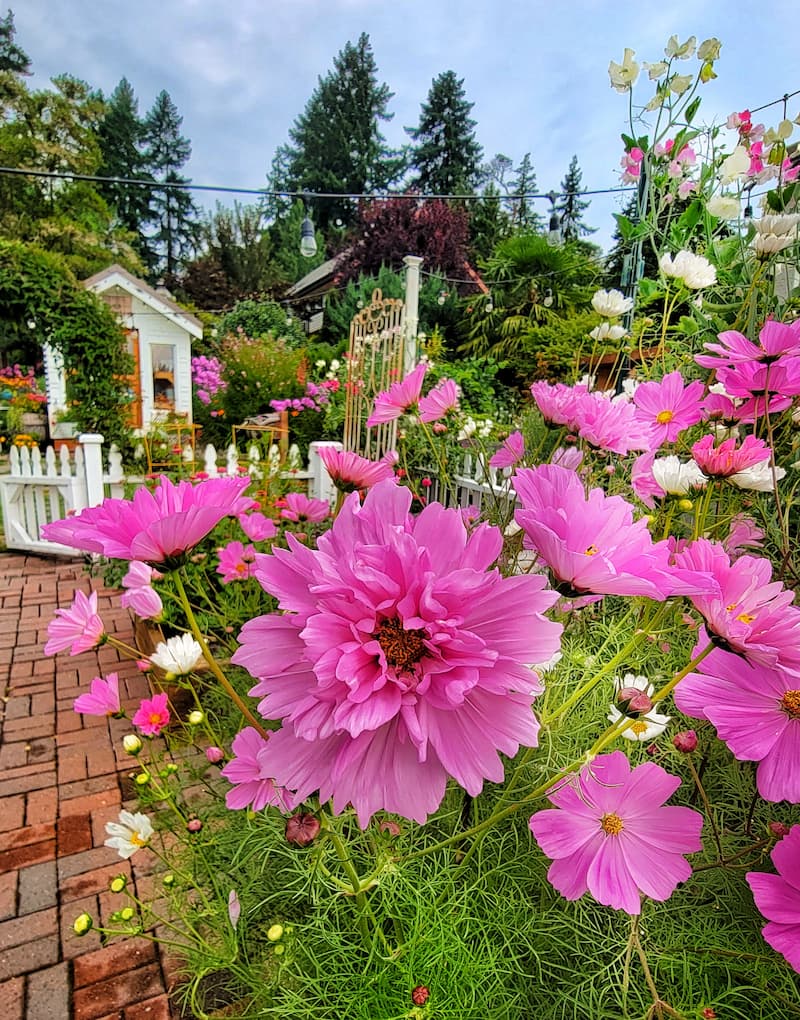
There are so many benefits to having a cut flower garden.
It may seem intimidating initially, but with these simple tips, you will be a fabulous flower gardener in no time. Be sure to read the following blog posts if you’re just starting out in the garden:
If you have any questions or additional suggestions, please share them in the comments below. And be sure to share this blog post link with anyone who may find these gardening tips useful.
Until next time,
Happy Gardening!

Follow Me for More Inspiration
Shop my Amazon Storefront, LTK sources, and favorite home decor, garden, and lifestyle products. When you purchase from one of my links, I earn a small commission, which helps me continue sharing all the content you expect on my blog.
Be sure to follow me on Pinterest, Instagram, Facebook, TikTok and LIKEtoKNOW.it. Do you like gardening? Join my Facebook Gardening Tips & Tricks group.

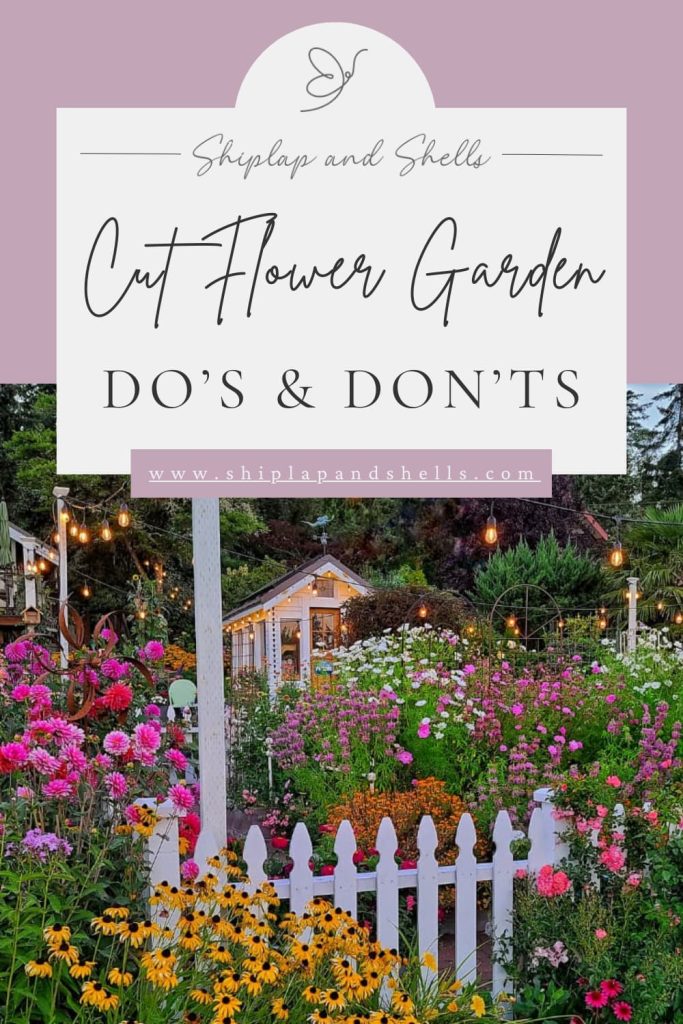
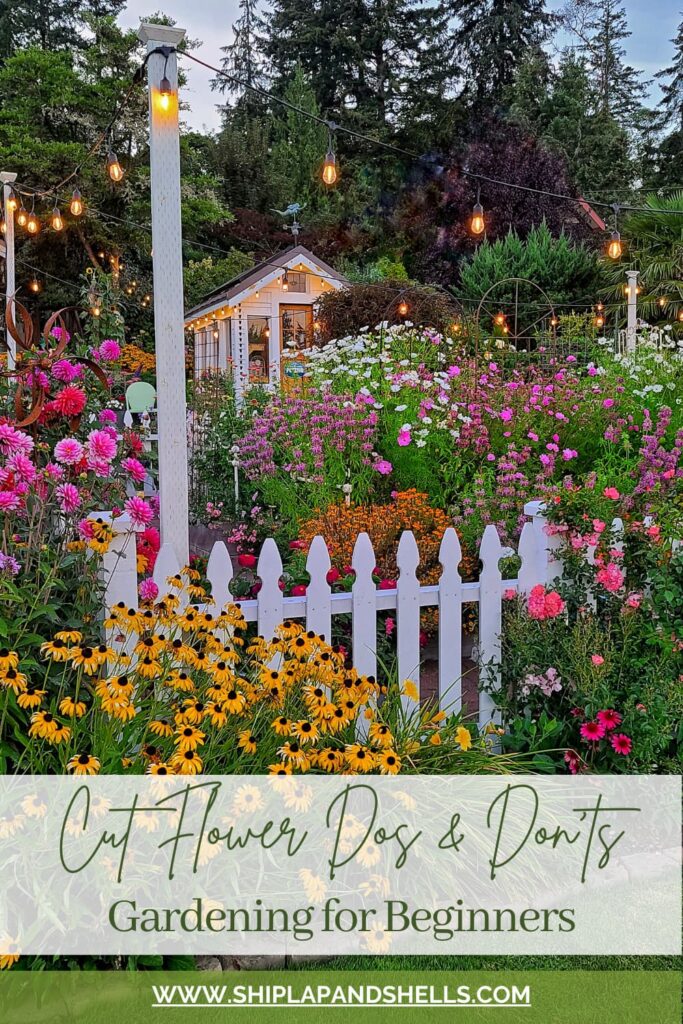

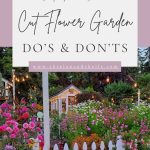
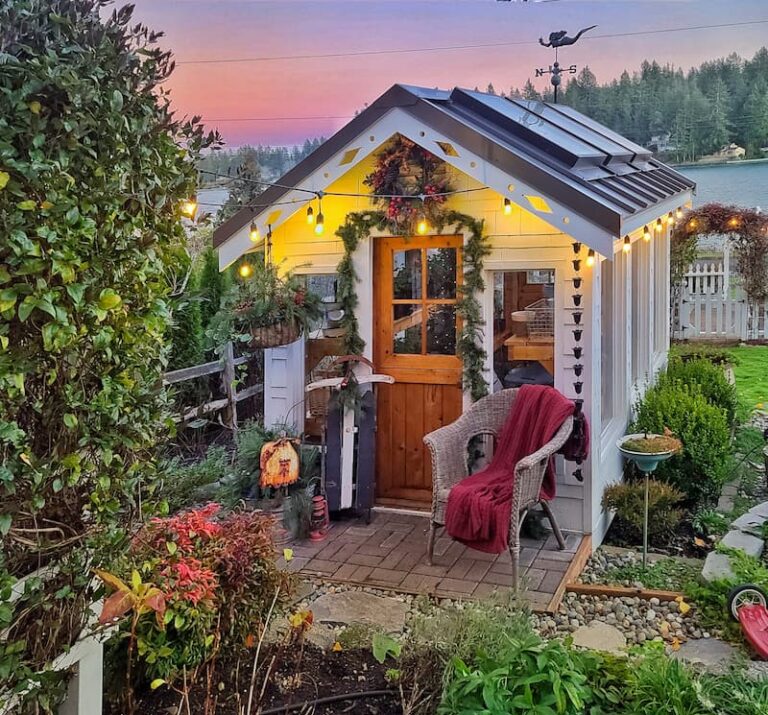
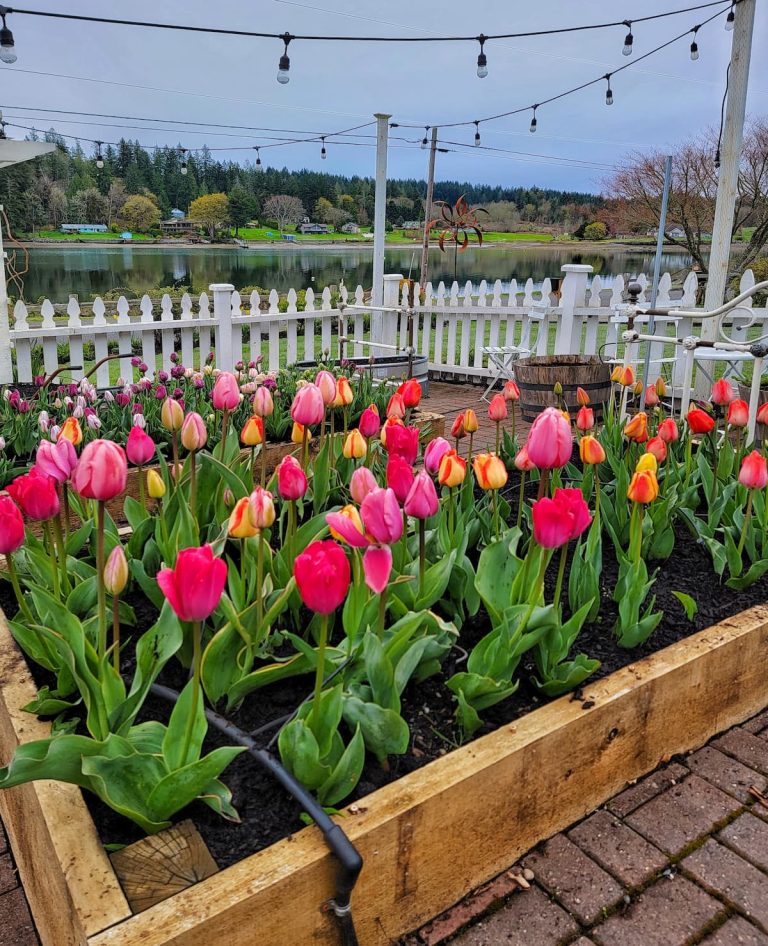
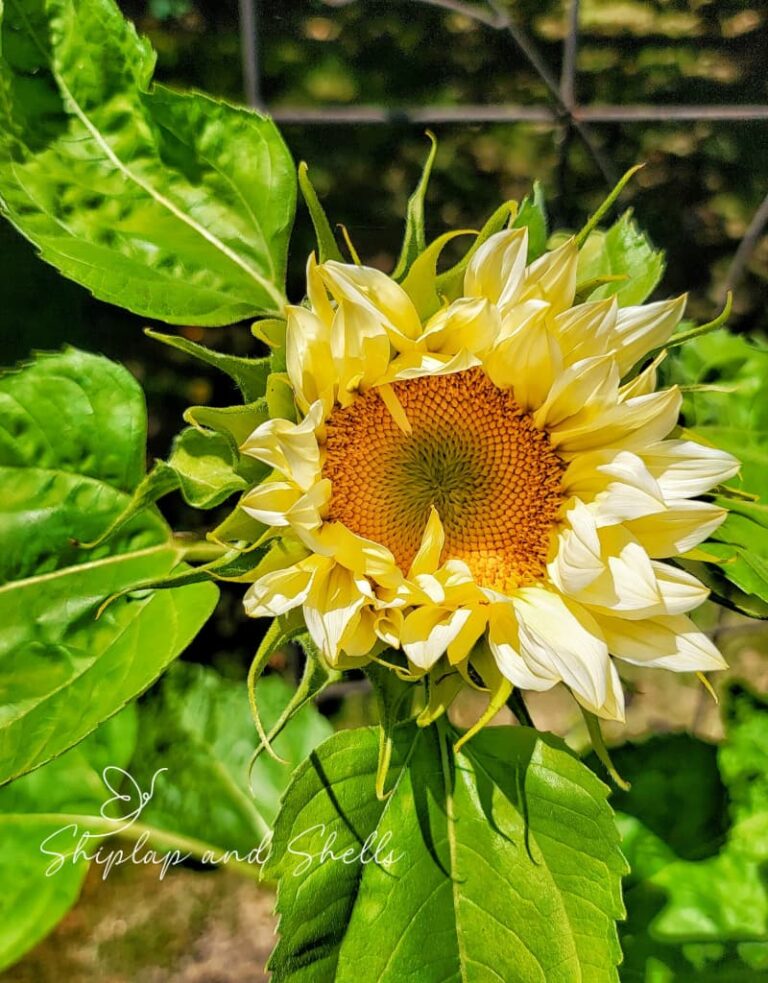
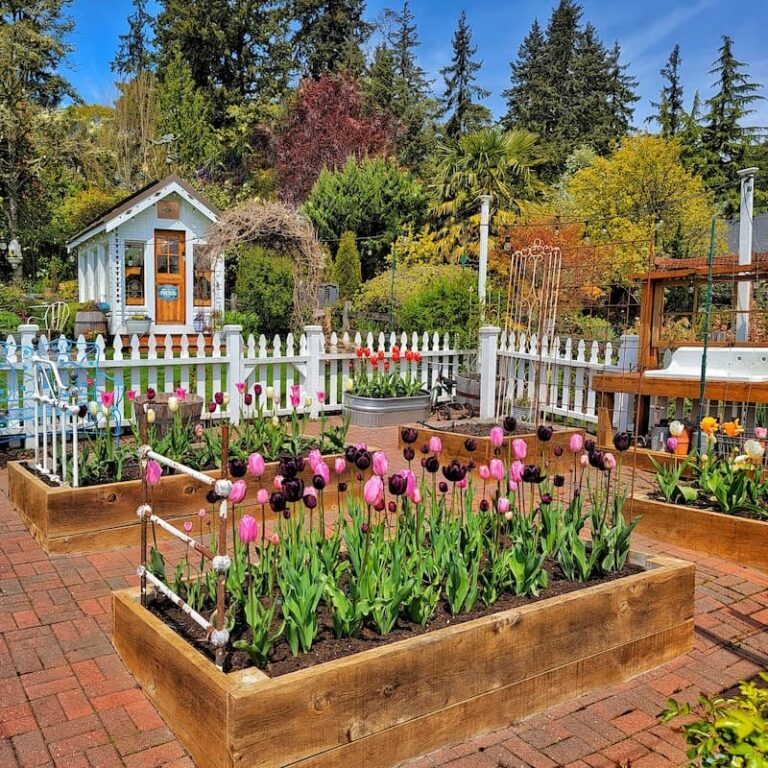
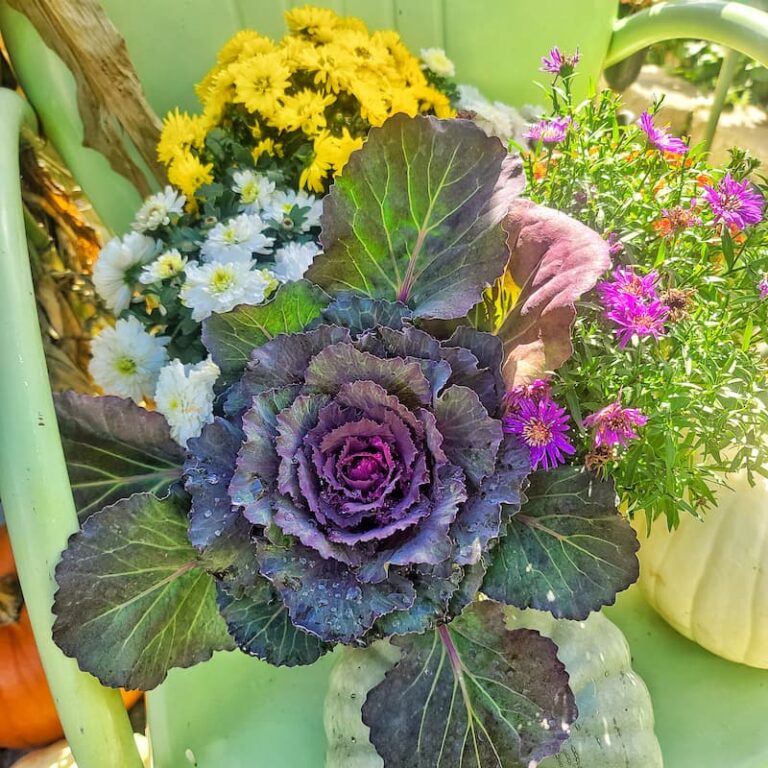
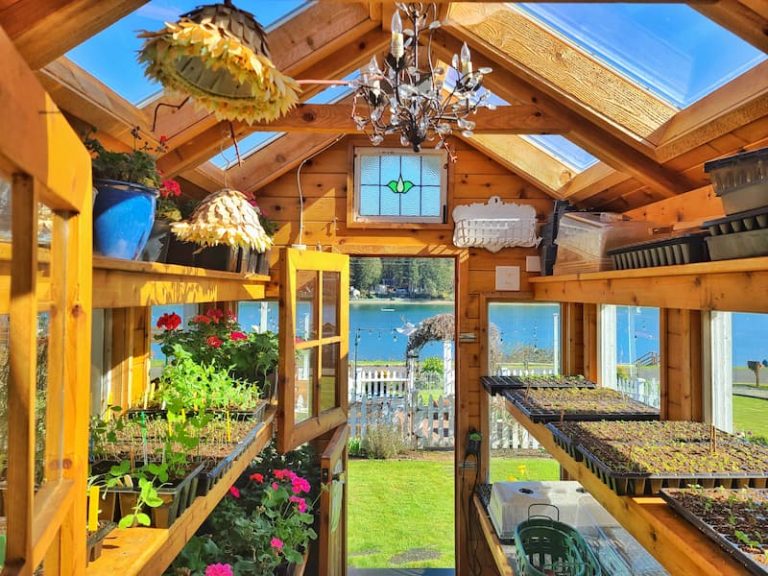
Thank you for all of the cut flower garden information Kim! I need all the help I can get when it comes to gardening!!!
You are so welcome! Thank you for being here Heidi. It means a lot.
Great information for a newbie, Kim. I, like you in the beginning, really have only window boxes and a few potted plants that I can keep alive. I was so in awe of your beautiful cut flower garden, that at the beginning of the season I had my husband build two beds for a cut flower garden. I bought seeds and then got overwhelmed and didn’t do anything. I LOVE all of your tips and tricks, and I would LOVE a blog post with a diagram of what you plant and where. I would even pay for it…a class maybe? Your garden is beautiful and thank you so much for your extremely helpful garden info.
Thank you so much, April for your comments. I can completely understand how overwhelming it can be to start a garden. I hope you will try again next year. Thanks for the great idea for a blog post. I will definitely try to put something together to share where I planted things in the garden. Thanks for following along.
Your garden and home are amazing! I also live in the Pacific Northwest, and I am wondering how often you water your garden during the summer to make it look so lush? Thank you.
Thanks for your comments, Sarah. Sorry it took me so long to respond. We do water every day in the summer, but only because we are so fortunate to have our own well.
The cutting garden looks so pretty Kim! Love all your tips! I need to do a better job at supporting plants – I wasn’t sure how some of these would grow this year but will do better with it next year. xo
Thank you, Stacy! It’s been a great year.
Kim, your posts are so informative! I learned so much and will definitely be referring to your information as I continue to improve my garden. Thanks so much!
Thank you so much, Rachel!
I really needed this post, such great information! Thank you so much for sharing.